Home » The Issue
The Issue
Device Ownership is the Heart of Digital Equity and the Gateway to Opportunity
It’s time to be honest with ourselves. Digital equity is a civil rights issue. The injustices that the digital divide inflicts on people are worthy of outrage and an urgent, societal response is required.
What is Needed?
- Working computers
- Internet access
- Digital literacy skills
- Technical support
- Device repair
Who is Most Affected?
- Students
- Older adults
- Veterans
- Individuals with disabilities
- Other marginalized populations
Technology gaps are pervasive and exist across the country. Closing these gaps requires detailed knowledge of the non-deviced and under-deviced households at the state and county levels. This interactive heat map provides a granular snapshot of the lack of household access to computers and can help identify both the challenges and the potential opportunities when undertaking digital inclusion efforts.
- In the “Select Device Ownership” drop-down menu, choose which aspect of device ownership you wish to explore. The default, “No Computer,” illustrates the percentage and number of households without a computer.
- To drill down to state-level data, click on a state. State-level device ownership data by household will appear within the top grey box and state-level demographic data by population will appear in the boxes on the right side of the visualization. For a preview of state-level data, simply hover over a state.
- To drill down to county-level data, click on a state and then on a county. County-level device ownership data by household will appear within the top grey box and county-level demographic data by population will appear in the right boxes on the right side of the visualization. For a preview of county-level data, simply hover over a county.
- To reset the map to the United States view, click on the back arrow at the top right hand corner of the map.

Digitunity is leading a national strategy to end the technology gap.
Digital Opportunity Network
Stakeholders united by a shared purpose
Changing the Conversation
Building awareness and advocating for device ownership
Three Key Issues
The digital divide is caused by a number of interwoven, systemic issues. While Digitunity’s work centers on all aspects of device ownership, access to robust and affordable internet and having the skills to use a computer productively are also essential.
Computers
Everyone needs a computer with up-to-date functionality and support.
Internet
Millions of people do not have access to the internet due to affordability or lack of physical connectivity.
Broadband Deployment Report
Digital Literacy
Everyone needs to know how to use a computer safely, and perform common tasks such as sending email, using websites, and utilizing common applications like spreadsheets and word processing.
How You Can Help
Together, we can solve this problem.
Financial Donations
Choose to make a difference in the effort to bridge the digital divide.
News & Resources

Mission-Driven Digital Inclusion Advocate Miye McCullough Joins Digitunity as Integrated Communications Manager
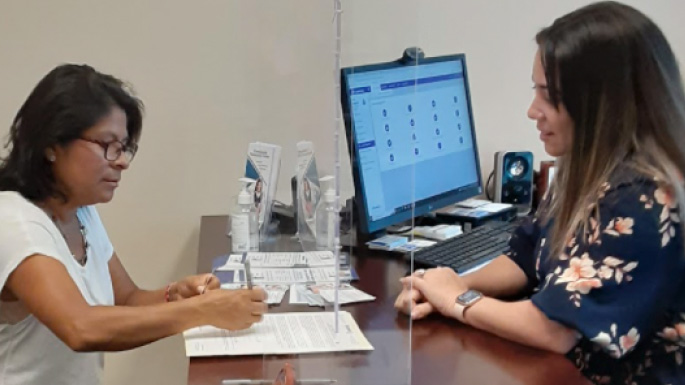
Digital Navigators and the Device Divide: Community Voices from Seven U.S. Cities
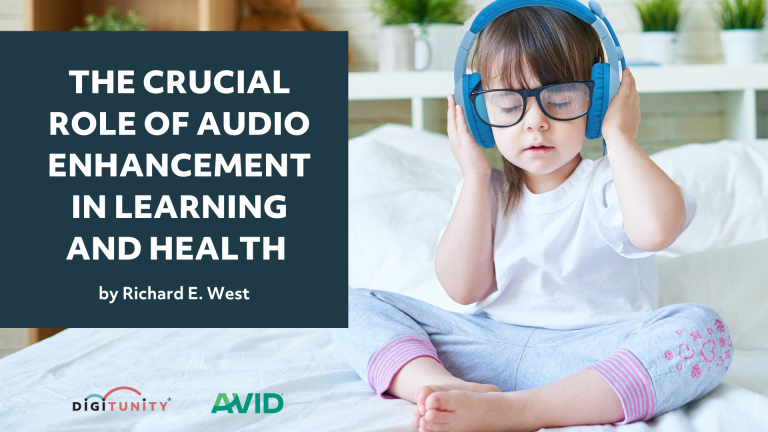
Digitunity Report Identifies Need for Audio Enhancement

Avery Dennison Foundation Provides $10K Donation to Digitunity
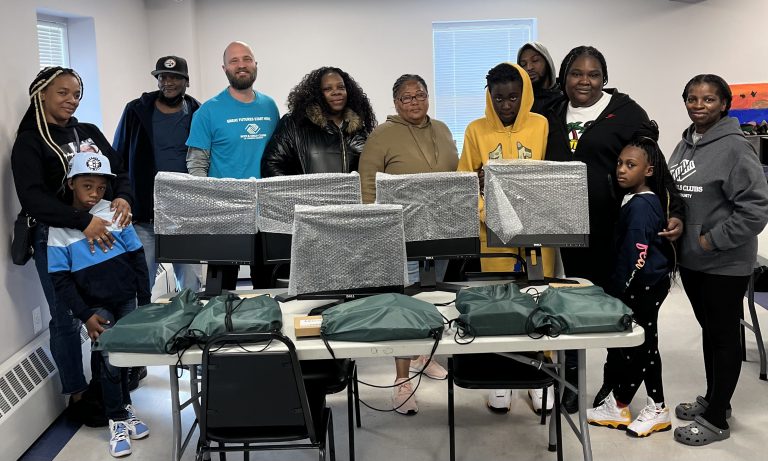
How Your Computer Donations Make a Difference
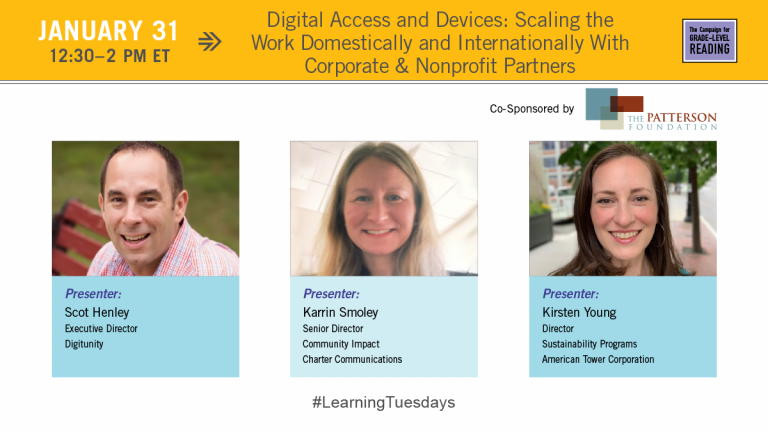
Digitunity to Participate in Patterson Foundation Workshop
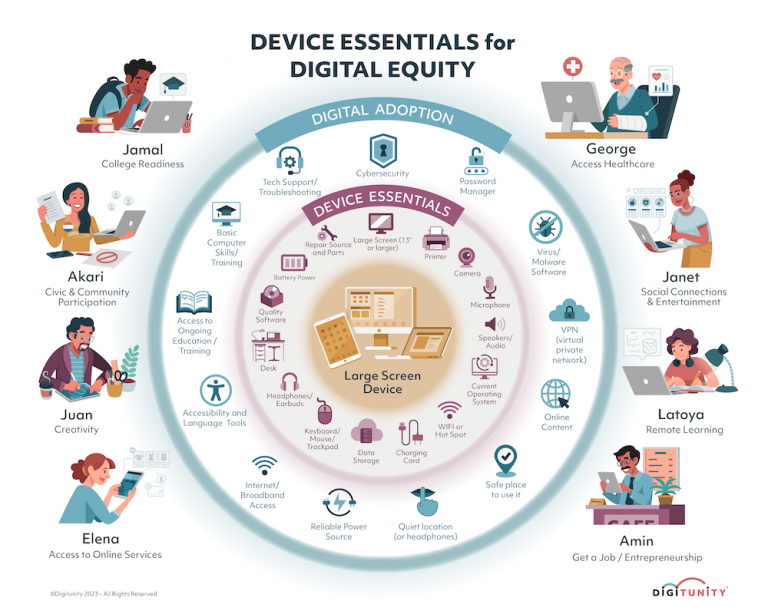
Device Essentials for Digital Equity

President Signs Into Law Bipartisan Legislation to Provide Computers to Veterans, Students, & Seniors

Digitunity Launches Video Series Examining the Digital Divide
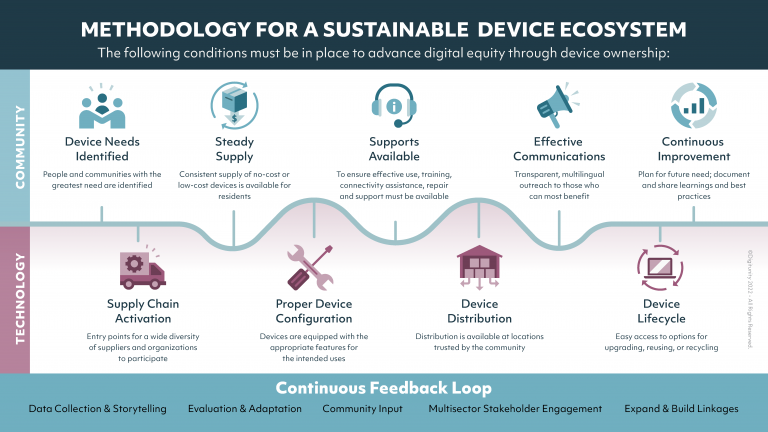
Sustainable Device Ecosystem
